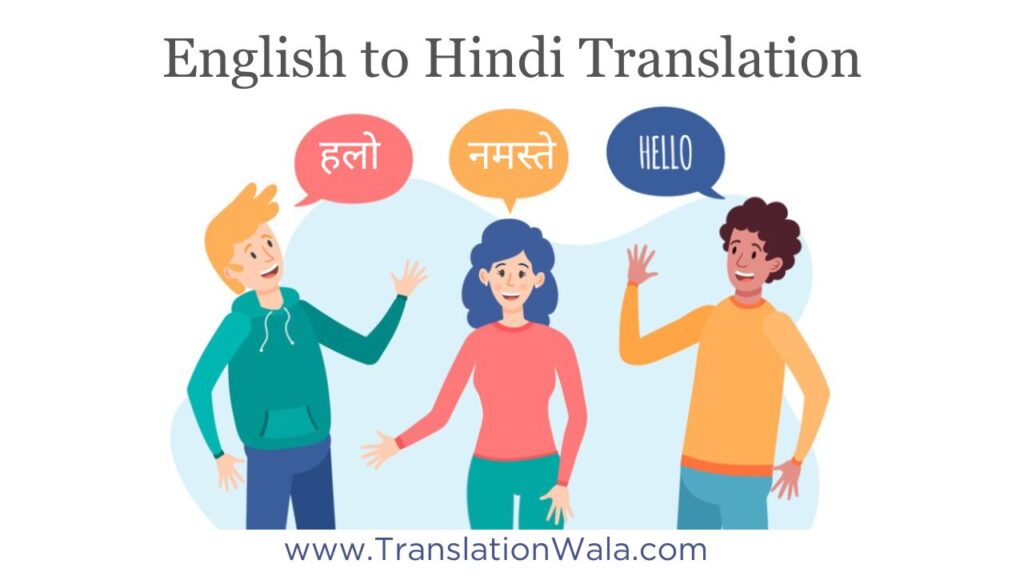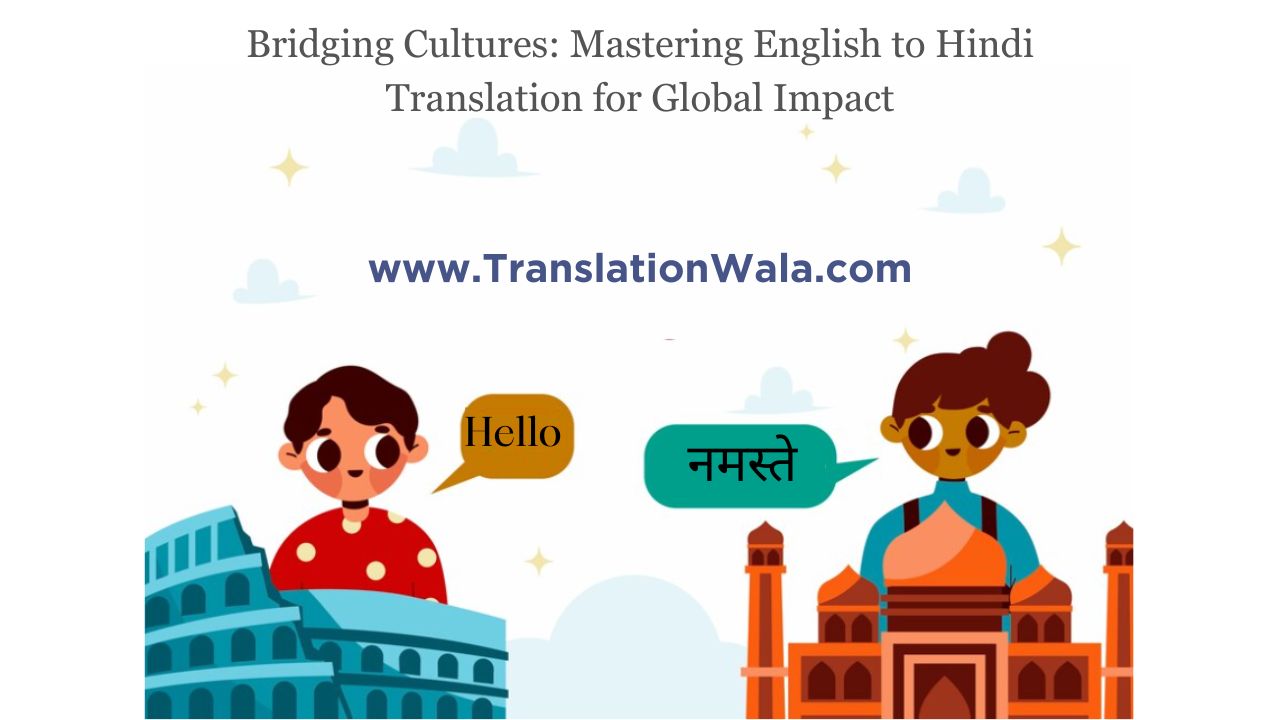Today, there are a lot of languages spoken around the world. Each one carries stories, dreams, and experiences that are unique to that culture. English and Hindi are woven together in this colorful fabric to make a strong link of connection and effect. Learning how to English to Hindi Translation is more than just sharing words. It’s about bringing people together, helping them understand each other, and giving everyone a chance to be heard across culture gaps. It’s a trip into the hearts of two lively languages, where echoes of our shared humanity can be heard across countries.
From Spice Markets to Global Stages: Empowering Voices with Translation
In the busy streets of Mumbai, there is a young businesswoman who wants to grow her family’s spice business beyond the local market. With a carefully written English business plan in hand, she is eager to meet investors from other countries. But how can her love for fair trade and environmentally friendly methods get past the language barrier? This is where the English to Hindi translator comes in. They make the pitch sound good in both languages. Suddenly, investors from all over the world are interested in the businesswoman’s ideas about organic farming and ethical sources. This gives her access to global markets and gives her the power to shape a more sustainable future. This is the power of translation: it gives words the wings they need to fly across language barriers and hit the world stage.
Navigating the Labyrinth: Cultural Nuances and Linguistic Intricacies
Mastering the art of English to Hindi Translation isn’t like following a straight line on a map; it’s more like going on an adventure through a maze of cultural and language details. As a translator gets better, they learn to draw maps of the subtle dance between politeness and slang, figure out the secret meanings of words, and appreciate the culture fabric that is in every line. Imagine translating a love song. Just changing a few words would ruin the delicate beauty of “shayeri” or the vivid images of “chandni raat.” The person doing the translating must really love poetry, because they need to be able to use words carefully and with feeling to paint a picture that moves people in both languages.
Also Read: Navigating Global Communication: The Impact of Professional Translation Services

Beyond Words: Cultural Sensitivity and Building Bridges
Being good at technology is only the first step in the process of translating. Being able to understand and manage societal currents is what makes a builder truly great. It is very important to understand how a work is shaped by its historical background, social relations, and cultural references. A joke that makes people laugh in one society might not work in another, and a word or phrase that seems harmless could have meanings that were not meant for it. The translator has to be careful to avoid these cultural pitfalls so that the message stays true to the source and connects with the intended audience. Imagine translating a news story about religious conflicts. The words of the speaker must not only teach, but also bring people together, helping them understand and accept each other.
Weaving Narratives, Evoking Emotions: The Storyteller’s Art
Translation isn’t just about getting numbers and facts across; it’s also about telling stories. The translation creates stories by creating words that fascinate, excite, and make people feel things. A science study needs to be precise and easy to understand, but an adapted children’s book needs to have fun songs and bright pictures. They have to change their style and tone based on the type of text, the audience, and the goal of the text. Imagine translating a magical realism book. The translator’s words must not only catch the fantastical parts, but also keep the cultural and social criticism that makes the story relevant to readers from all over the world.
A Calling, not a Career: Building a World of Shared Dreams
It’s more than just a job for me to English to Hindi Translation. It’s my calling and my task to bring people from different places together. There is beauty in differences, and we should work to help each other learn and accept each other. They bridge the language gap and make the world a better place for everyone. It’s easy for information to spread, for ideas to lead to new developments, and for stories to bring people from different places together. Language magic has effects that are bigger than just one person’s life. NGOs can help groups that aren’t getting enough help, and states can get people from different countries to work together. It is important for people from different countries to be able to understand each other when the world is dealing with issues like poverty and climate change. In this project, who are the unsung heroes? People literally speak between countries and languages and help people understand each other.



